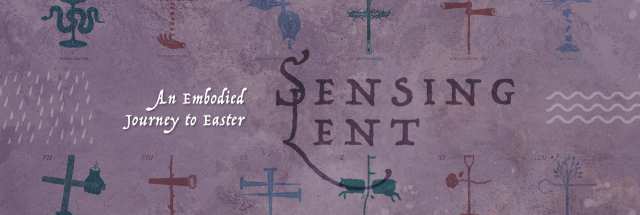Read
Image Verse: “Unless a kernel of wheat falls to the ground and dies, it remains only a single seed. But if it dies, it produces many seeds.” John 12:24
The Lenten Story: Matthew 26 to 28. Read sections devotionally or with Lectio Divina in the Appendix.
Reflect
Visio Divina
Breathe. View. Observe. Pray. See page one for suggested steps.
Meditation
This station, although not found in scripture, is traditionally in three stations. It symbolizes Jesus’ humanity and his ever-decreasing strength as he moves towards his public death. Imagine Jesus experiencing weakness and distress in a public setting with nowhere to hide. Imagine the exhaustion of the last 24 hours.
Sense: Weakness
What feelings, sensations, smells, sounds, tastes, and sights do you associate with weakness? Pay attention, noticing how they appear within or around you this week.
Relate
Discussion Questions
● What did you notice in your Visio Divina time this week?
● Talk through the questions or statements in the meditation. What stood out to you?
● When you stumble, fail, or mess up, what is your first impulse?
● How does witnessing someone else’s weakness make you feel or think about them?
● In your moments of weakness, can you see Jesus there with you having a shared experience?
● Can you see Christ in others when their weakness is exposed? How could that change your posture and response to them?
View Image: Jesus Falls
